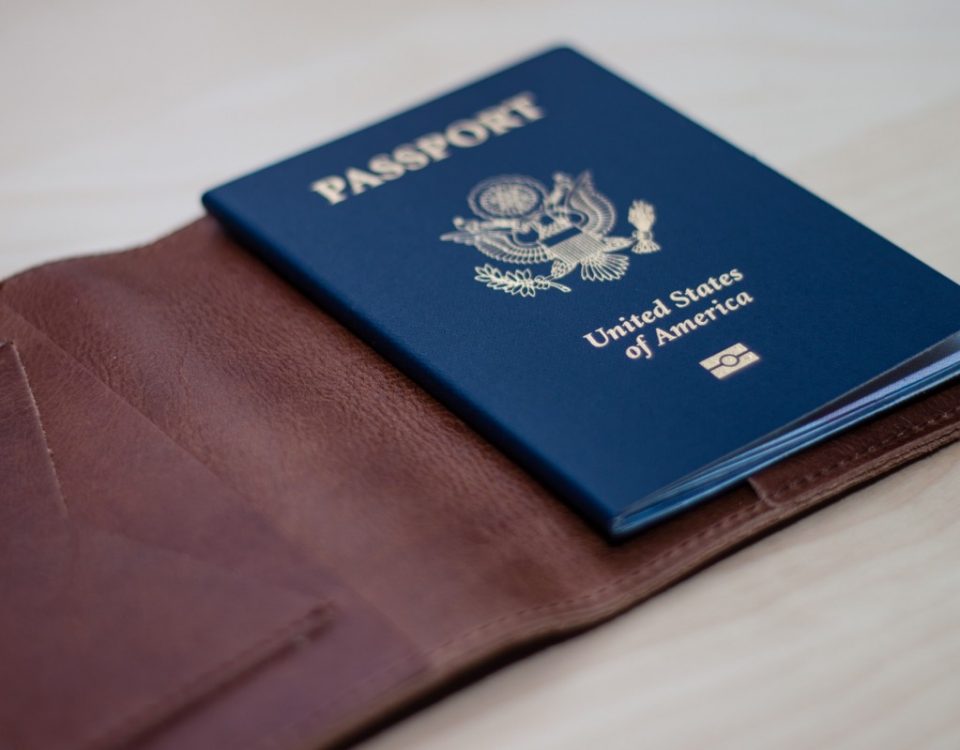notary
One of the documents we notaries get the most calls about from business clients is an SNDA, which stands for “subordination, non-disturbance, and attornment” agreement. That’s a lot of legalese, so no wonder it’s known in the industry as a “non-disturb.” Despite the imposing title, it’s a pretty basic concept: a lender and a lessee make an agreement to honor the lease terms in the event that the landlord disappears.
Imagine an office building. It’s owned by a company that rents out suites, provides tenant services, handles repairs, etc. That’s the “landlord.” The financial institution that owns the note to the building until the landlord pays it off is called the “lender.” A company that rents an office suite from the landlord is known as the “lessee.”
Now imagine that the landlord goes bankrupt or gets indicted for fraud or flees the country or just plain stops paying the note. That’s bad news for the lender and the lessee because they don’t have any agreement to stick with business as usual. The lender can end up taking a loss, and the lessee can end up office-less.
But wait! Your imaginary lender and lessee were planning ahead just in case, and they signed an SNDA. Now the bank keeps getting payments, the lessee doesn’t have to move, and everyone’s happy. Well, everyone except the landlord, who’s now bankrupt / in prison / on the run / irresponsible.
You want more details? No problem. We don’t give legal advice, but we have read what the American Bar Association has to say about SNDAs, and we’re happy to share it in the ABA’s own boring, dry words. Here’s how the three parts of the agreement (the S, the N-D, and the A) are defined:
The “subordination” part of the agreement changes the priority interests of the parties to the agreement, such as by having the tenant of a mortgaged property, whose lease predated the mortgage, agree to accept a junior priority to the mortgage, allowing the landlord’s lender to terminate that lease in case of foreclosure.
The “non-disturbance” element of the SNDA is an agreement by the creditor that if the creditor or other purchaser at foreclosure takes title to the property that is subject to the lease, the creditor or purchaser will not disturb the tenant’s right to possession, provided the tenant is not in default under the lease.
The “attornment” element of the SNDA obligates the tenant to recognize the creditor or purchaser at foreclosure as the new landlord. The attornment is usually given by a tenant only if the creditor agrees to the non-disturbance (sometimes called a “right of quiet enjoyment”) of its leasehold, as set forth above.
If you’re wondering whether your company should sign an SNDA, don’t ask us—ask your lawyer! If your lawyer said yes, and the lender agreed, and you just need someone to notarize it, do ask us! That’s what we’re here for.



